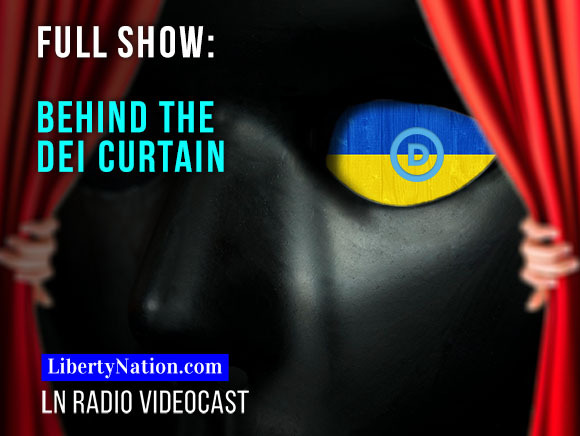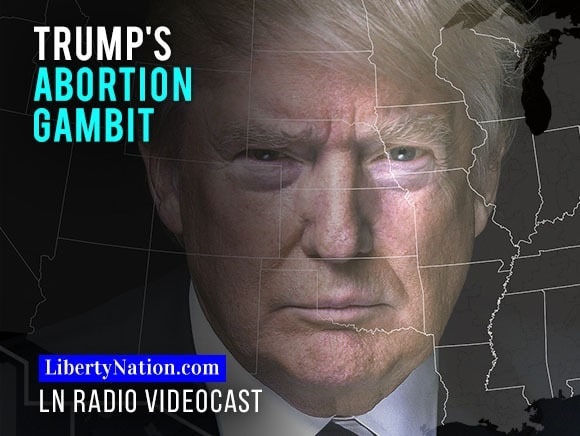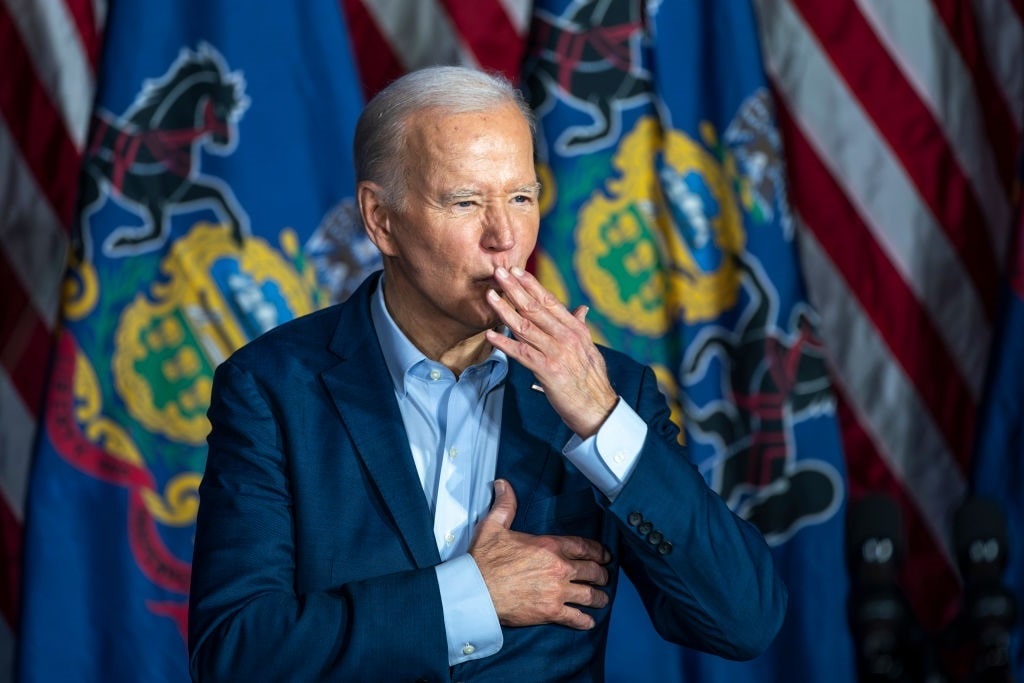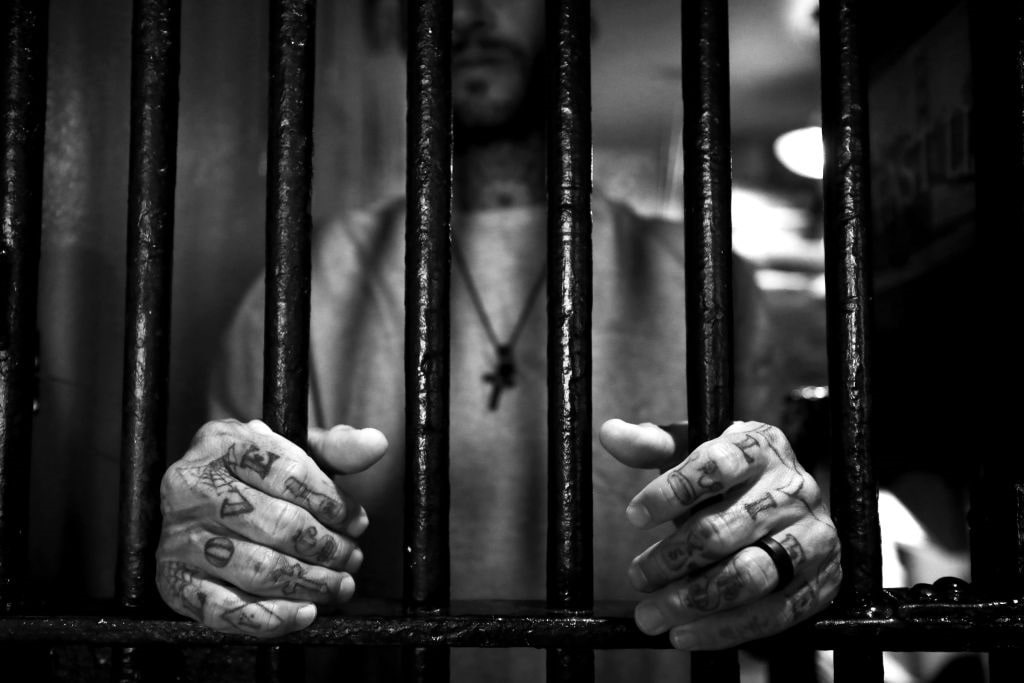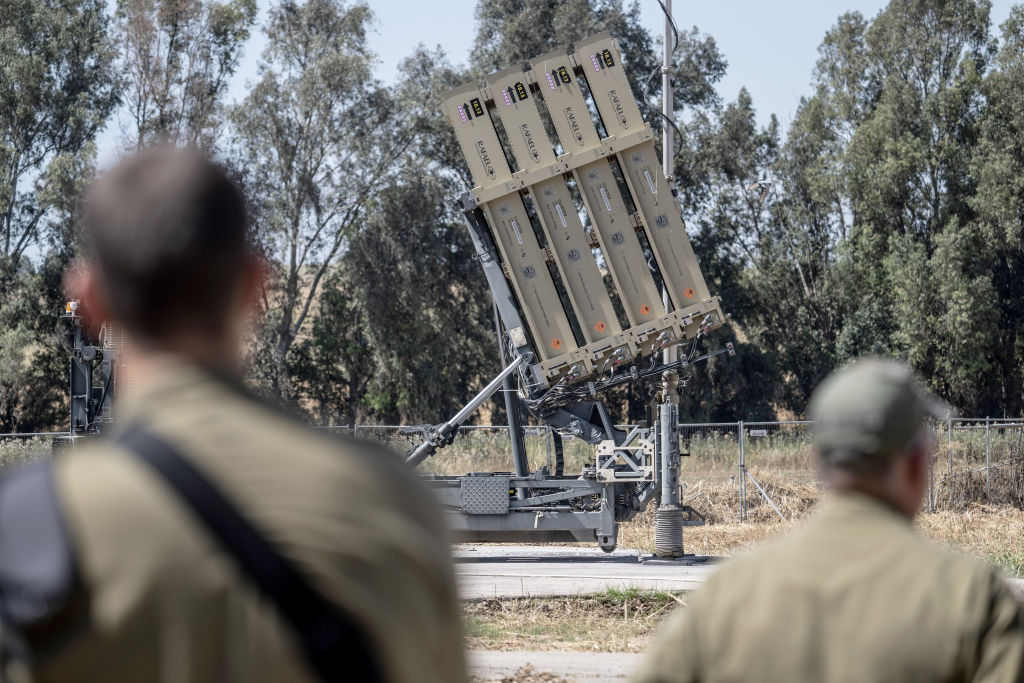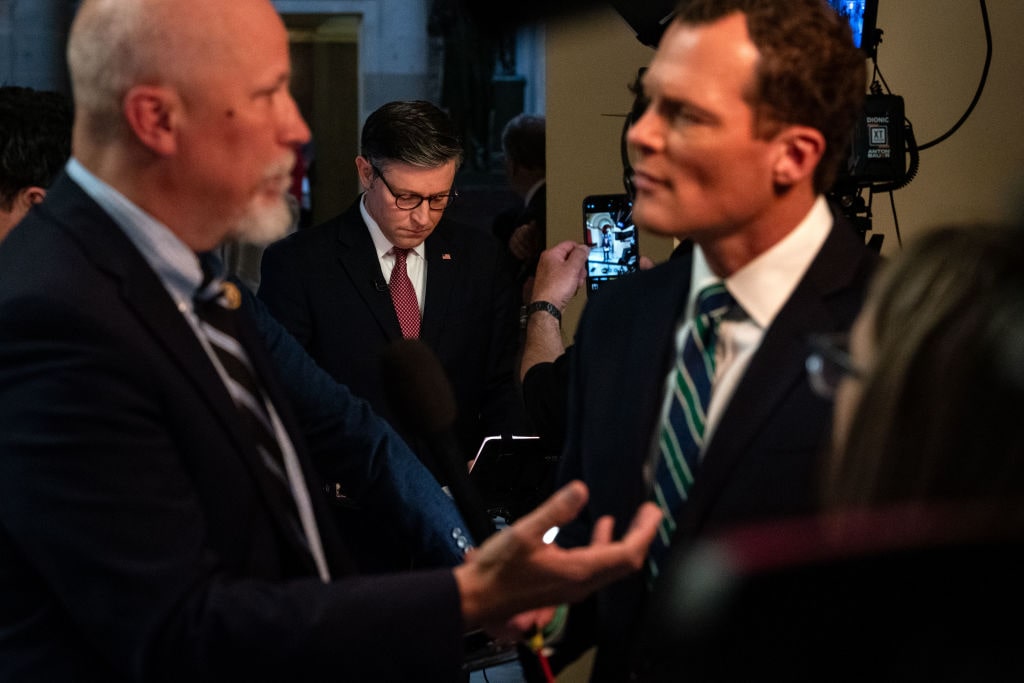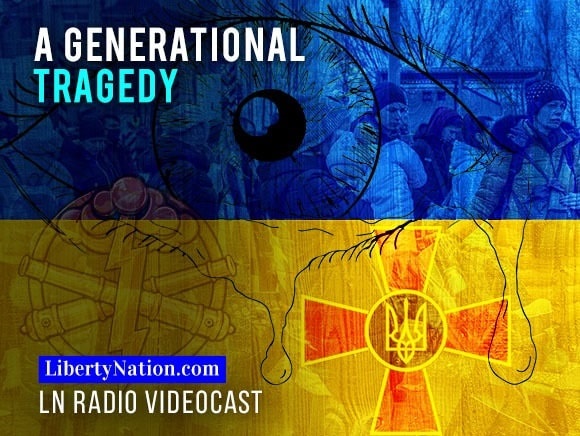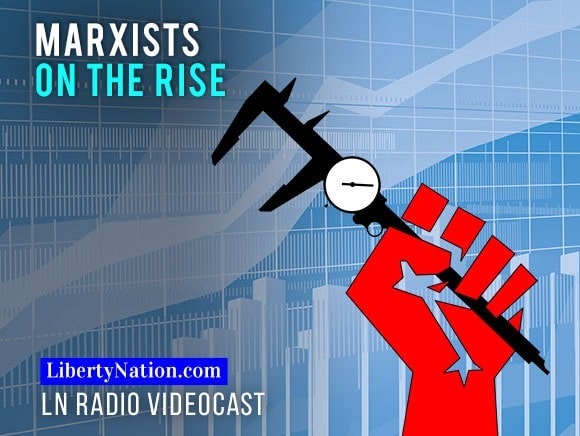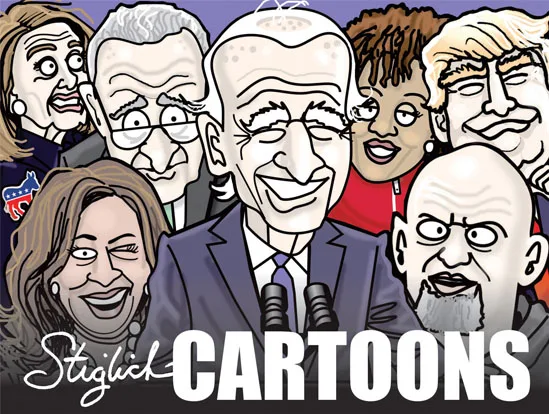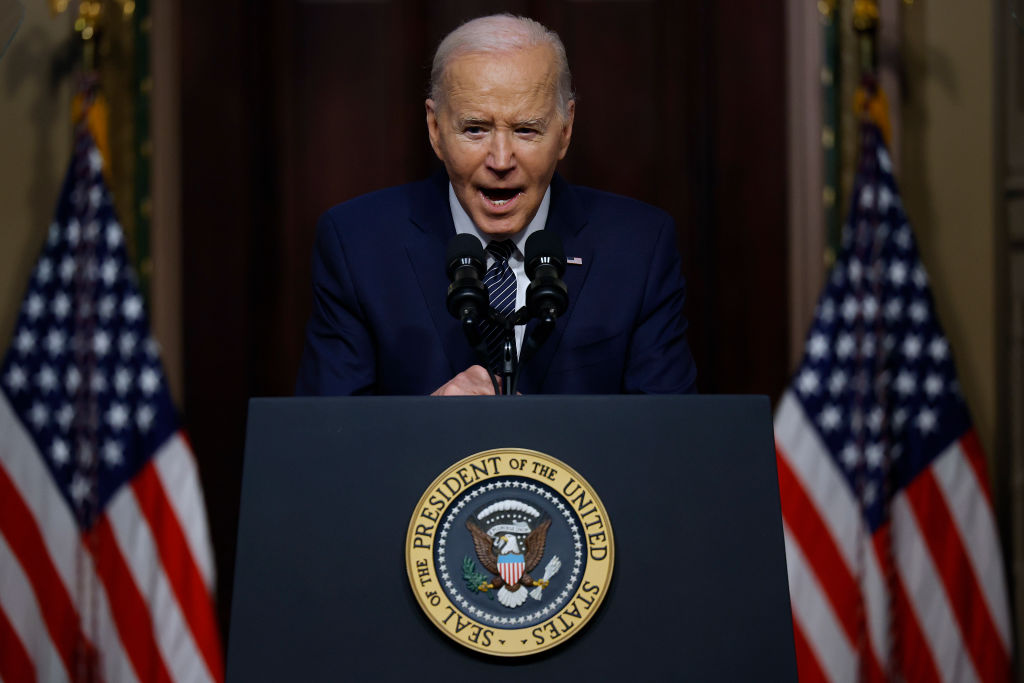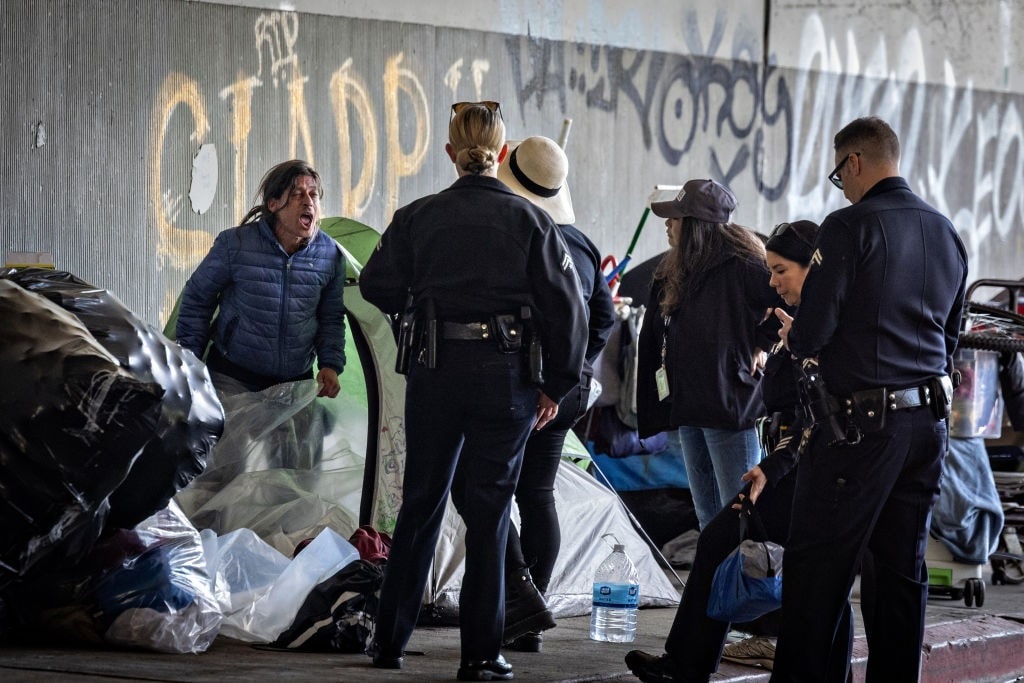TV & Talk
Front & Center

Breaking News
Israel Launches Missiles at Iran
Expanded war tensions are heating up in the Middle East. “Israel, early Friday morning local time, ... Read more
Full Jury Seated in Trump Hush-Money Trial
The panel is complete. “Twelve New Yorkers have been selected to serve as jurors in former Preside ... Read more
Long-Term Mortgage Rates Climb Again
More financial pain for regular Americans. “Prospective homebuyers are facing higher costs to fina ... Read more
LN Exclusives
Free Thinking. Free Speech.
A Free-Thinking Future Starts Here


